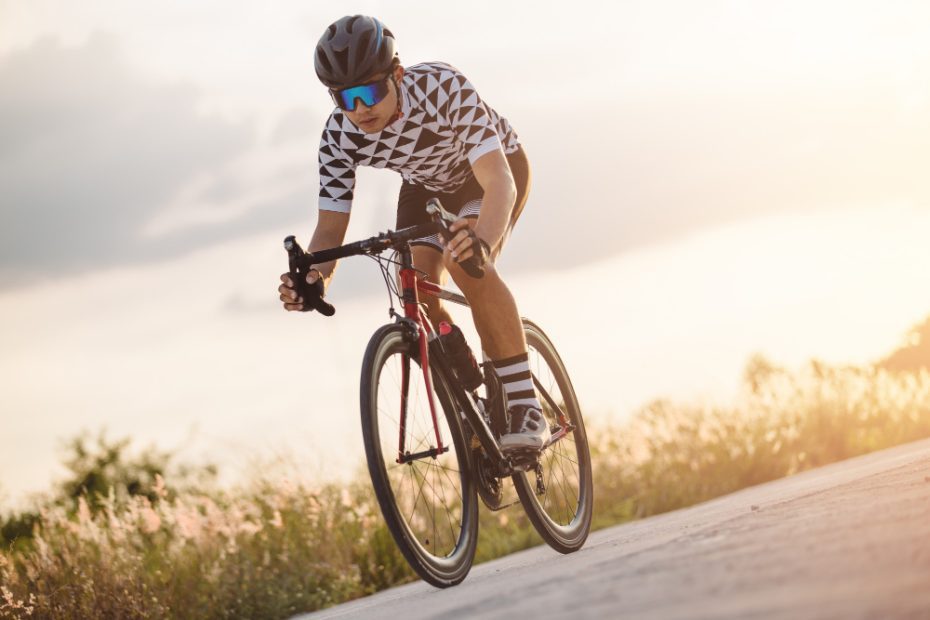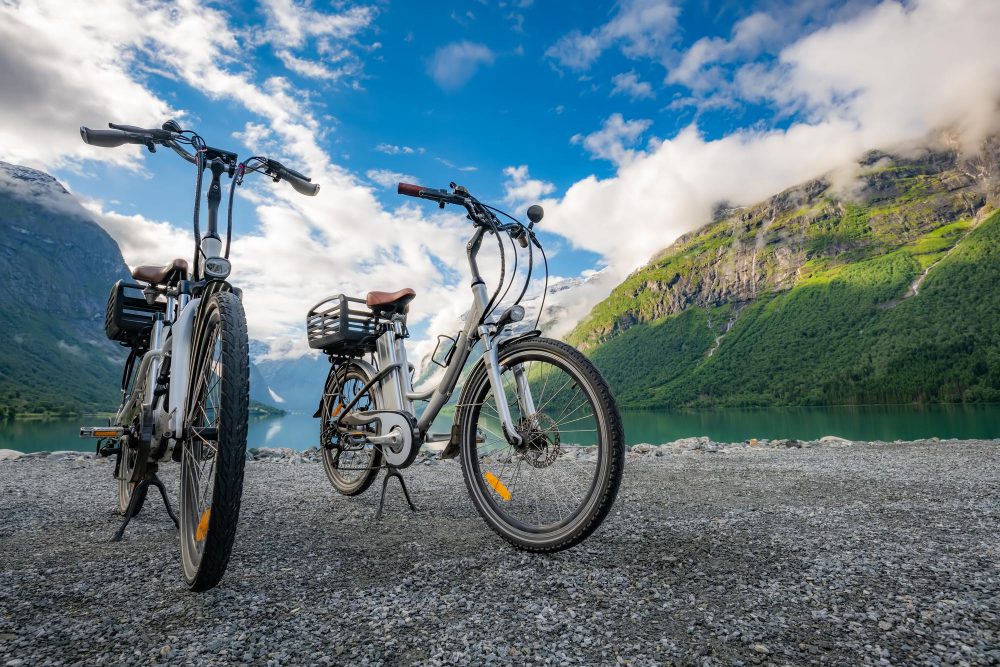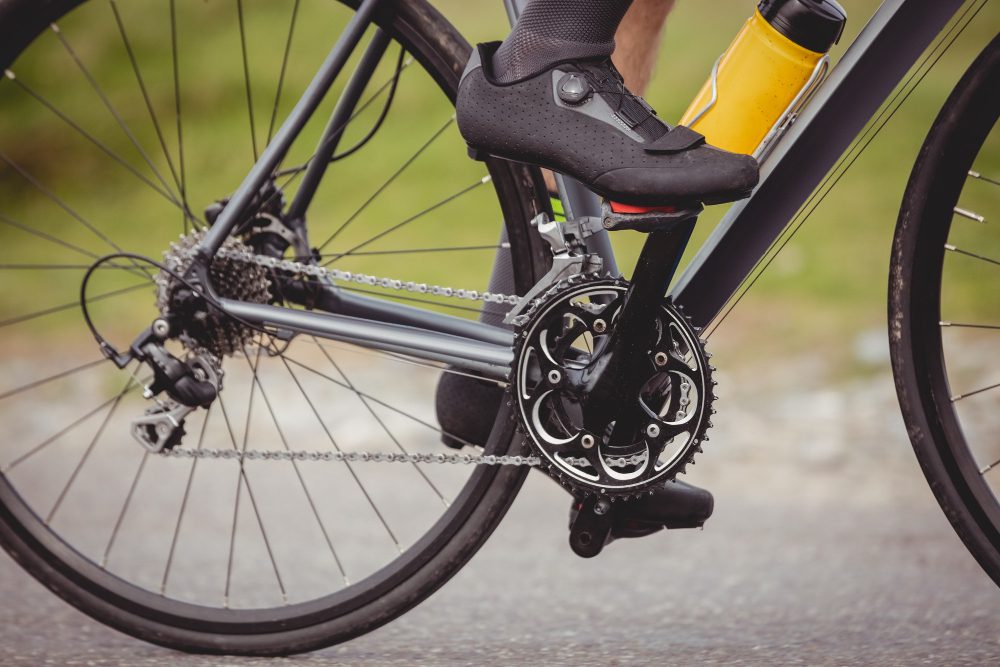Do tour bikes have gears?
Tour bikes, also known as touring bicycles, are specifically designed for long-distance cycling adventures. They are built to handle various terrains and provide comfort for riders during their journeys. One crucial component of a tour bike is its gear system, which allows riders to tackle different inclines, speeds, and road conditions. In short, yes, tour bikes do have gears.
The Importance of Gears on Tour Bikes
Gears play a vital role in facilitating smooth pedaling, minimizing fatigue, and optimizing efficiency while riding a tour bike. Whether you’re climbing a steep hill or cruising along a flat road, having the right gear ratio can make a significant difference in your overall cycling experience. With a well-designed gear system, you can find the perfect balance between power and cadence, making your ride more enjoyable and less strenuous.
Types of Gear Systems on Tour Bikes
Tour bikes typically employ one of two main types of gear systems: derailleurs or internal gears.
Derailleur Gears
Derailleur gears are the most common type of gear system found on tour bikes. They consist of multiple sprockets at the rear wheel and one or more chainrings at the pedals. By shifting the chain between different sprockets and chainrings, riders can adjust the gear ratio to suit their needs. Derailleur gears offer a wide range of gear options and are generally lighter than internal gear systems. However, they may require more maintenance and are prone to damage if not properly cared for.
Internal Gears
Internal gear systems, also known as hub gears, are an alternative to derailleur gears. These systems incorporate the gears into the rear hub, providing a clean and protected gear mechanism. Internal gears require less maintenance and are generally more resistant to wear and tear. They also allow for gear shifting while stationary, which can be advantageous in certain situations. However, internal gear systems typically have fewer gear options compared to derailleur systems.
Choosing the Right Gear System
When selecting a tour bike, it’s essential to consider your specific needs and preferences. Both derailleur and internal gear systems have their advantages and disadvantages, so it’s a matter of personal preference and intended use.
“Having the right gear ratio can make a significant difference in your overall cycling experience.”
If you plan on tackling hilly terrains or carrying heavy loads during your tours, a derailleur gear system may offer a wider range of gears for better flexibility. On the other hand, if you prioritize low maintenance and reliability, an internal gear system might be a better fit.
No matter which gear system you choose, it’s crucial to understand how to properly shift gears and maintain your bike’s gears for optimal performance. Consulting with a knowledgeable bicycle specialist can help you determine the best gear system for your tour bike based on your unique requirements.
In Summary
Tour bikes are equipped with gears to enhance the riding experience and provide versatility during long-distance journeys. Whether you choose a derailleur or internal gear system, having the right gear ratio can make a significant difference in your overall enjoyment and comfort while touring. Consider your specific needs and preferences when selecting a gear system for your tour bike, and don’t hesitate to seek expert advice if needed.
What gears do the Tour de France riders use?
When it comes to the Tour de France, the world’s most prestigious cycling race, the gear choices of the riders play a crucial role in their performance. The race includes challenging terrains such as steep climbs and fast descents, so the gears they choose must be carefully selected to optimize their speed and efficiency.
Road bikes and gear ratios
Tour de France riders usually ride road bikes, which are specifically designed for racing on paved roads. These bikes are equipped with a wide range of gears to tackle various types of terrains encountered during the race. They have multiple chainrings at the front (typically two or three) and a cassette at the rear (ranging from 9 to 11 sprockets).
Gear selection for climbs
During steep climbs, where the gradient can exceed 10%, riders often need to switch to lower gears to maintain a steady cadence. This allows them to conserve energy and prevent fatigue. The smallest chainring at the front and the largest sprocket at the rear are typically used for these challenging uphill sections.
Gear selection for descents
On fast descents, riders aim to maximize their speed by choosing higher gears. This means using larger chainrings at the front and smaller sprockets at the rear. The high gear ratios allow them to generate more power and achieve higher speeds while descending.
Intermediate gear selections
For flat or rolling terrain, where neither climbing nor descending prevails, riders often select intermediate gears that strike a balance between maintaining a good pace and conserving energy. They may switch between different chainrings and sprockets depending on the speed and conditions of the race.
Importance of gear ratios
The gear ratios chosen by Tour de France riders are crucial as they directly impact their pedaling efficiency and overall performance. Optimal gear selection helps them maintain a consistent cadence, prevent muscle fatigue, and deliver the necessary power at different stages of the race.
The role of team mechanics
The responsibility of ensuring the riders have the right gears falls on the team mechanics. They work closely with the riders to understand their preferences and the specific demands of each stage. They meticulously fine-tune the gear ratios by adjusting the chainrings and cassette to meet the riders’ requirements.
“Choosing the right gears is a delicate balance between power, speed, and energy conservation.”
In conclusion, Tour de France riders carefully choose their gears to match the challenges they face during the race. By utilizing a wide range of gear ratios, they optimize their performance on climbs, descents, and flat sections. The collaboration between the riders and team mechanics ensures that the gear choices are tailored to their specific needs, allowing them to compete at the highest level.
What is the best gear ratio for bikepacking?
Understanding Gear Ratios
When it comes to bikepacking, choosing the right gear ratio is essential for a smooth and enjoyable journey. Gear ratio refers to the relationship between the number of teeth on the front chainring and the rear cassette. It determines how easy or difficult it is to pedal at any given speed.
Bikepacking involves riding long distances with a load, so having the optimal gear ratio can make a significant difference in your comfort and efficiency on the bike.
Finding the Perfect Balance
There is no one-size-fits-all answer to what the best gear ratio is for bikepacking, as it depends on various factors such as terrain, load weight, and personal fitness level. However, striking a balance between high and low gears is crucial.
As a general rule, having a wide range of gears with lower ratios for climbing steep inclines and higher ratios for faster flats and descents is ideal for bikepacking.
Considerations for Choosing Gear Ratios
When selecting gear ratios for your bikepacking adventure, consider the following:
- Terrain: If you will be tackling hilly or mountainous terrain, having lower gear ratios will help you conquer the climbs more easily.
- Load Weight: If you’ll be carrying a heavy load, lower gear ratios will assist you in maintaining a comfortable cadence.
- Riding Style: Your preference for spinning at a higher cadence or grinding it out at a slower pace will also influence the gear ratios that work best for you.
Recommended Gear Ratios for Bikepacking
Here are some popular gear ratios that many bikepackers find useful:
| Front Chainring | Rear Cassette |
|---|---|
| 32T | 11-34T |
| 34T | 11-36T |
| 36T | 11-42T |
These gear ratios provide a good balance between climbing ability and speed on flatter terrain.
Ultimately, finding the best gear ratio for your bikepacking adventures may require some trial and error. It’s important to assess your needs and preferences, and make adjustments accordingly. Remember, comfort and efficiency should be your primary goals when selecting gear ratios for bikepacking.



